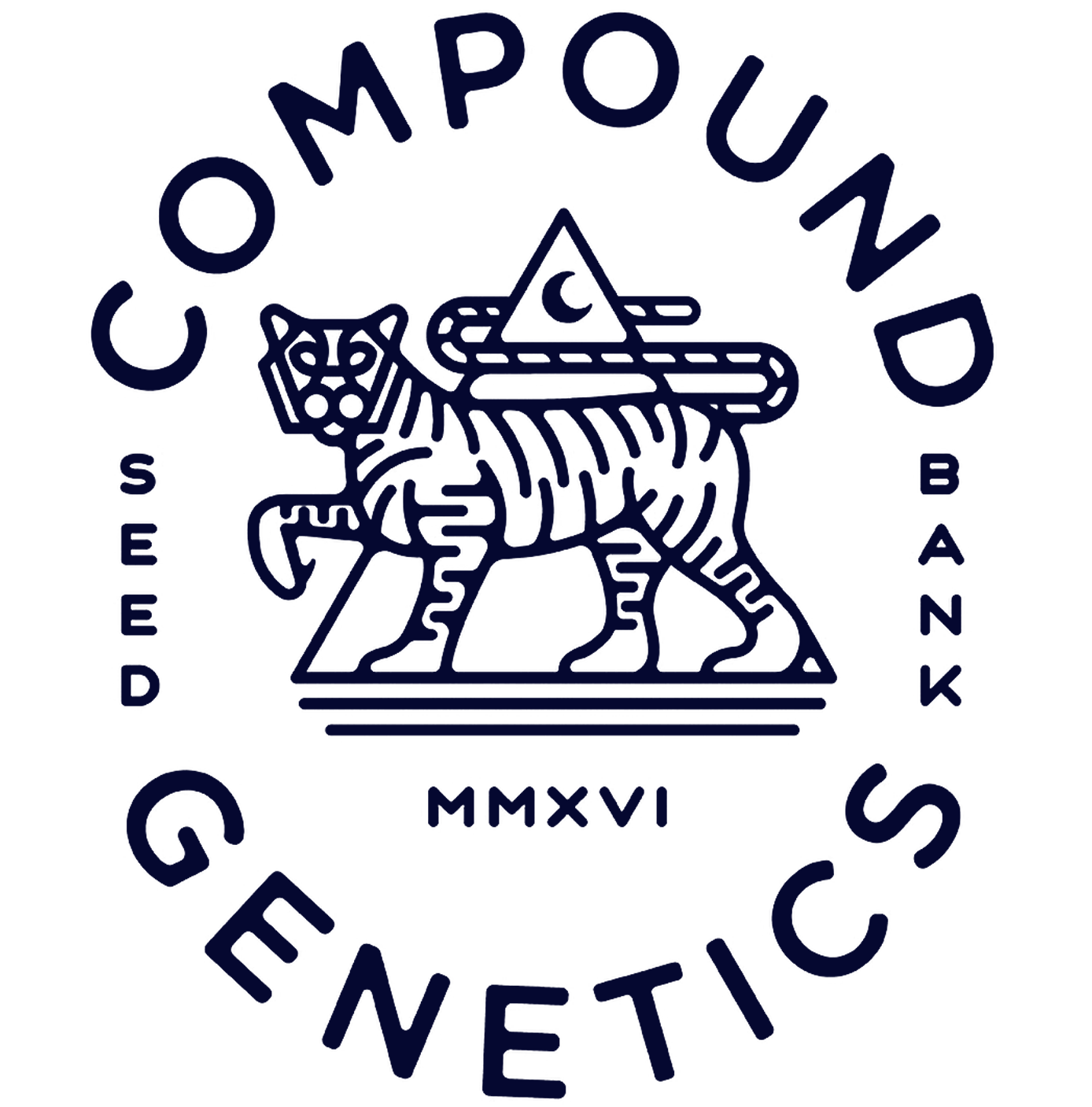
Dan’s Dispatch 1/31
Recently I've been spending lots of time at a fantastic club called Greenardo.
A long but makeable walk from Sagrada Familia, Greenardo is in Guinardo, a residential part of Barcelona on the northeast side of the city. An incredibly hip and comfortable club, Greenardo has focused on the local community, primarily featuring Spanish grown flowers, brands, and products. The neighborhood and local vibe is unmistakable, with regular patrons and staff greeting each other, enjoying an espresso, and enjoying the art and sneaker collections.

Today I’m checking out flavors like Milky Way, Pink Limez, Vice City, and Tamalez. Several of the local entrepreneurs have requested to meet at Greenardo, and have been kind enough to gift me stellar flowers, fantastic hash (in many forms), and even seeds, all produced locally by those passionate for their craft and the plant.
While at most clubs flower takes up the majority of the menu, the thing being smoked the most is traditionally made, old-school hash. While commonly consumed with flowers in the US, in Europe it is commonly smoked with only tobacco. Primarily from Morocco, it is most often made with a dry process (no water or solvents), and oftentimes is separated or even packaged by hand. The result is, hash of varying textures, colors, and quality abundant throughout the clubs of Barcelona and throughout Europe. High quality rosin, resin, and other dabbable forms of hash are found only occasionally at clubs, and it is incredibly expensive. However Moroccan hash, which becomes abundant after the annual harvest, is a relatively inexpensive product.
Throughout history, traditionally made hashish has been associated with religious ceremonies, customs, and even spirituality. While it has not always been smoked, its use can be traced back nearly 1000 years, with eating it as the method of consumption.

Despite its popularity amongst consumers, traditionally made hash has not made its way onto the European medical market. Because of the tight regulations for medical products, hash made in a traditional fashion would fail to meet the specifications of what qualifies for the medical market. While Morocco is a huge force when it comes to the international cannabis community, it is still trying to secure a more solid footing in the regulated cannabis markets around the globe. It is not infrequent for traditionally made hash to have a different chemical composition than rosin or resin, primarily because of the changes that occur as the material ages. As a result, the experience can be quite different, as cannabinoids besides THC become more abundant as the product ages.
Some of the changes that occur during the aging/curing process include conversion of THC To CBN, while others have found the common monoterpene, beta-myrcene, to have converted during aging to a new compound now called hashishene.
While in a consistently controlled environment the THC and CBD levels do not change greatly, certain phytocannabinoids, including THCV and CBN, can be detected in significant amounts despite not being detected in both the flowers used and the uncured product. Phytocannabinoids like CBDa and CBGa can increase significantly in potency during the curing period as well. The levels and composition of terpenes also change during the aging process, with monoterpenes seeing the primary increase. Sesquiterpenes like Valence can be found in significant concentrations in the aged sample, despite not being present in the input material.
While some farmers and hash makers are using equipment to make a more modern product that is primarily high in THC and has more of a modern aesthetic, the adoption of this technology is not widespread. With all these changes in chemical composition, it is easy to see that aged hash can deliver a distinctly unique experience compared to other forms of concentrate.
On this particular evening I've been lucky enough to get my hands on some Static Pink Truffle and a nice chunk of Whole Plant Fresh Frozen (WPFF) Pink Truffle 120u, made by The Lab (a local Spanish producer). The static is a chunky clay like texture with dark blonde and green hues, while the WPFF is a beautiful golden and amber combination. Both smell absolutely incredible, reminiscent of pink starburst. Even through the tobacco, it tasted and felt fantastic, an incredibly relaxed, comfortable sensation that provided an experience that felt almost closer to taking an edible than taking a dab. Whatever it was, it made me hungry enough to walk to the fantastic Porchetta sandwiches at Compa Gracia. While public consumption can get you a quick ticket from the police, most people opt to consume in the club. Fortunately Barcelona is a fantastic food city, and you can find amazing food a short walk from almost any club.





Drysieve superheroes. Tradition, heritage and honoring the old ways.
Noli Timere Horticulturae